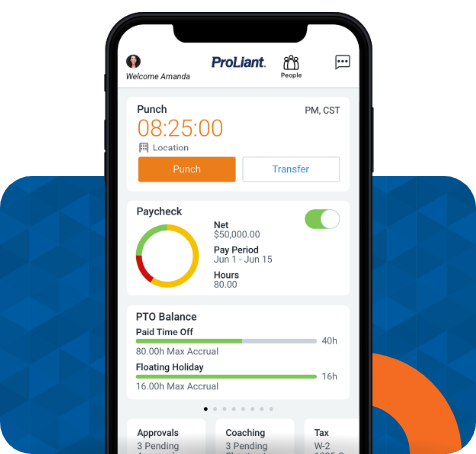Trust is the foundation of any human resources department, and it’s what makes an HR professional effective at helping your company retain employees. However, recent surveys show that employees don’t trust HR and see the department as a big brother watchdog for C-Suite execs. According to an article by HR Morning, there are three main reasons employees don’t trust going to HR with issues in the workplace:
- Fear of retaliation
- Lack of confidence in HR’s objectivity
- Fear of not being taken seriously due to gender
When employees don’t believe HR is on their side, it can cost a company a lot. A distrustful workforce is more likely to cause lower engagement and a high turnover of valued talent, which will significantly affect the value of the products and services you are able to offer customers.
So what can you do to rebuild trust in HR? We’ve put together a list of steps you can take to start the process, but it will be a long road that depends on consistency and follow-through to succeed.
Step 1: Define the Role of HR
By definition, HR departments are meant to protect the company and make sure employees are performing at their full potential. However, a lack of trust in HR may suggest that employees don’t believe HR is on their side and that they are only looking out for executives.
Define the role of HR for employees within your company and demonstrate that you understand each employee has unique needs. Remind them that the H in HR is for Human, and HR is meant for more than just processing applications and handling paperwork — they’re there to make sure employees have a great work experience and help them perform their very best.
If you suspect that there is little trust in your HR department, create an internal email that answers these questions:
- What does HR do for the company?
- What does HR do for the employee?
- Why should employees come to HR?
This little nudge of encouragement is a fantastic first step toward creating a dialogue and building trust.
Step 2: Establish an Equitable Workplace Environment
One of the most important things HR can do to build trust is establish an environment of fairness. Employees should often hear and know that their needs are important and that they are respected. Here are some tips for creating a stronger sense of equitability within your company:
- Be sure to recognize achievement and encourage recognition among coworkers.
- Provide opportunities for further education and training, including classes that focus on sensitivity and inclusion for management.
- Provide safe spaces for all, including breastfeeding rooms for mothers, quiet booths for people with auditory sensitivities, and mediation/universal prayer rooms.
- Encourage employees to make suggestions for spaces and practices that will make them feel safer and more comfortable in their workplaces.
Of course, the pandemic has provided additional obstacles for equitability, especially for remote workers. But these challenges can be met by updating HR technology. According to Forbes, many companies have combined “tech-powered solutions with a human-centric approach” that has helped organizations remain “objective and unbiased” when evaluating employee performance.
Tech-powered solutions in HR also help employers with performance management by giving management teams an easy way to provide feedback to employees. In addition, that same technology can provide opportunities for learning and growth that can help employees feel valued in their positions.
Step 3: Communicate and Be Transparent
Communication is always key — do it often and provide ways for employees to feel safe telling you what they think. Make sure employees feel like they can discuss issues without fear of retaliation. You also want to be sure to respond quickly to employees working remotely. HR Dive suggests that the “less formal work environment” fosters problems with cyberbullying and misconduct, and such complaints require a swift response.
Consistent communication from HR shows employees that they are being heard and that HR is proactively keeping employees informed about things going on in the company, adding to transparency.
The NeuroLeadership Institute states that “transparency is the most significant predictor of employee happiness, and that leaders who practice transparency and positivity are seen as more trustworthy and more effective.” Transparency also contributes to a greater sense of fairness in the workplace because employees can understand why certain decisions are made.
When communicating to employees, make sure you mention that you are aware of any issues that may be taking place at other companies. Also, be transparent about issues within your own workplace. The worst thing HR can do is let side-talk takeover within disparate teams instead of taking control of the message and communicating from the start. This is how distrust is seeded and grows.
Give Trust and Get Trust in Return
When it comes to building trust in HR, it’s all about letting employees know that they are respected and valued every chance you get. With everything that’s happened in the world in the past couple of years, people need to know that they are trusted and that they can at least trust HR to be on their side when it matters most.







No Comments Yet
Let us know what you think